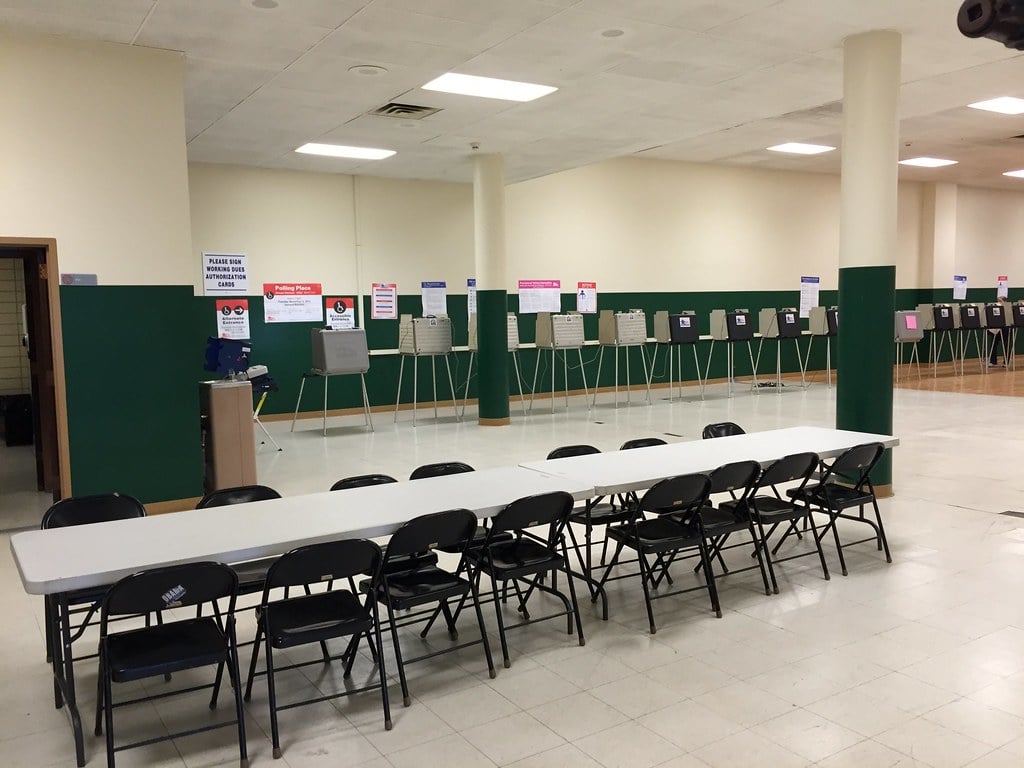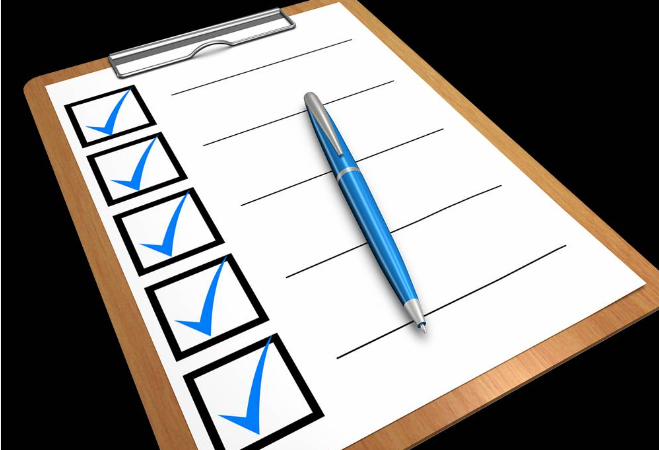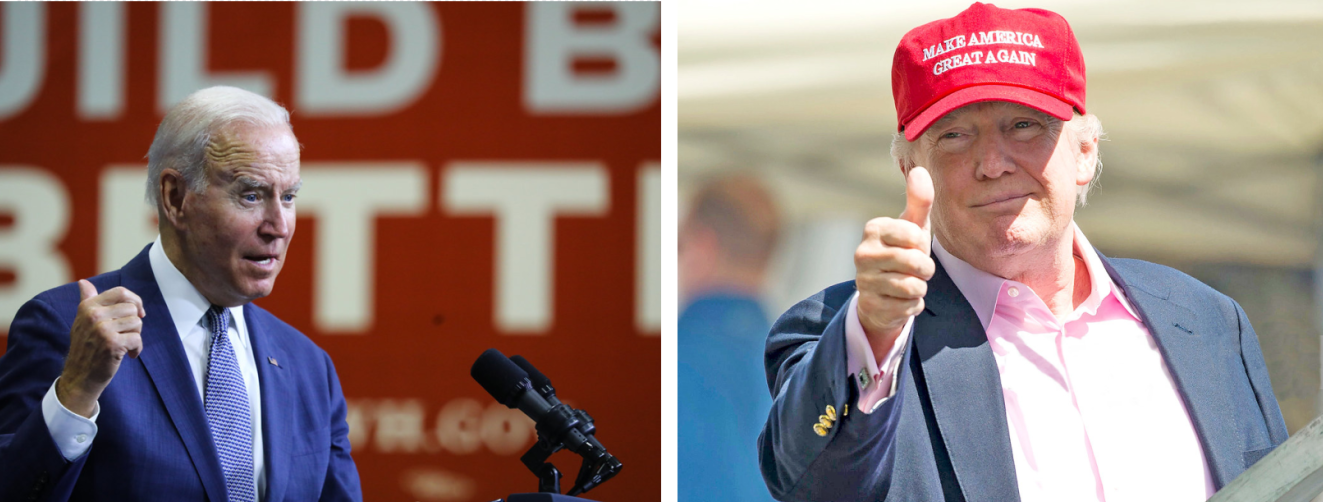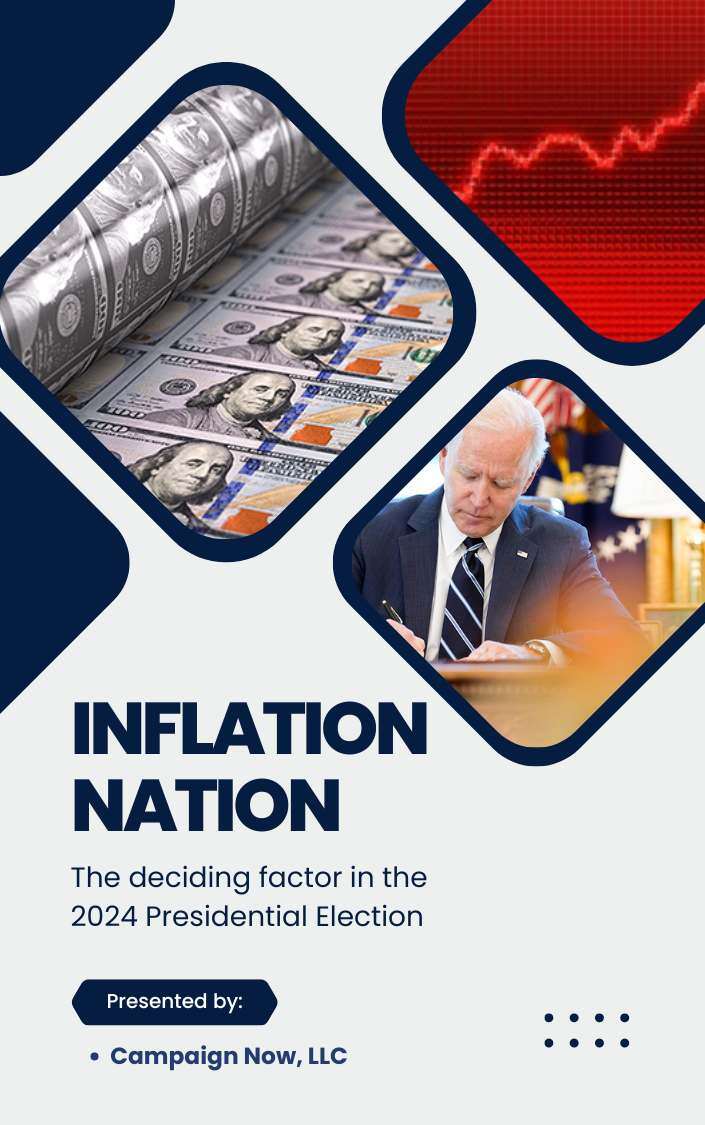While whispers of record-breaking turnout swirl around some states in the 2024 presidential election, a sobering reality persists in others. Ten states grapple with historical patterns of lower voter participation, raising concerns about marginalized voices and the overall health of American democracy. Understanding these challenges is crucial to tackling them and ensuring every citizen has an equal chance to participate in shaping the future.
Unraveling the Threads
Several factors intertwine to create persistent turnout hurdles in these states:
Socioeconomic Struggles: Poverty, lack of transportation, and limited exposure to civic engagement opportunities can significantly restrict participation. Navigating the electoral process can be daunting for those struggling with day-to-day challenges, further disenfranchising them.
Political Apathy and Disillusionment: When citizens feel unheard, and the political system seems unresponsive, a sense of apathy and disillusionment can set in. This disconnect between citizens and politicians erodes trust and discourages participation, leaving important decisions in the hands of a smaller electorate.
Geographical Dispersion: Accessing polling places can be a formidable obstacle in states with vast rural areas. Transportation options might be limited, distances vast, and weather conditions unforgiving. Ensuring convenient and accessible voting becomes critical to inclusivity and fair representation in these regions.
The Ten States to Watch

Atlanta, Georgia
While labeling states with "lowest" turnout risks overshadowing the complex challenges involved, the following ten states have consistently faced lower voter turnout rates:
- West Virginia
- Oklahoma
- Mississippi
- Arkansas
- Tennessee
- Alabama
- Kentucky
- Georgia
- Louisiana
- New York (While seemingly an outlier, New York faces unique challenges with absentee ballot processing and bureaucratic hurdles)
Beyond the Numbers
It's crucial to remember that statistics rarely tell the whole story. These states are home to diverse populations with varied experiences and perspectives on voting. Reducing complex issues to mere numbers risks overlooking the rich tapestry of these communities and the reasons behind their lower participation.
Turning the Tide
A thriving democracy is dependent on the involvement of all its citizens. Understanding the challenges faced by states with lower turnout rates and supporting existing efforts to overcome them paves the way for a more representative and engaged democracy. Let's strive to create a nation where every voice is heard, every vote matters, and the tapestry of American democracy is enriched by the threads of all its citizens, regardless of location, socioeconomic background, or political preferences.
References





